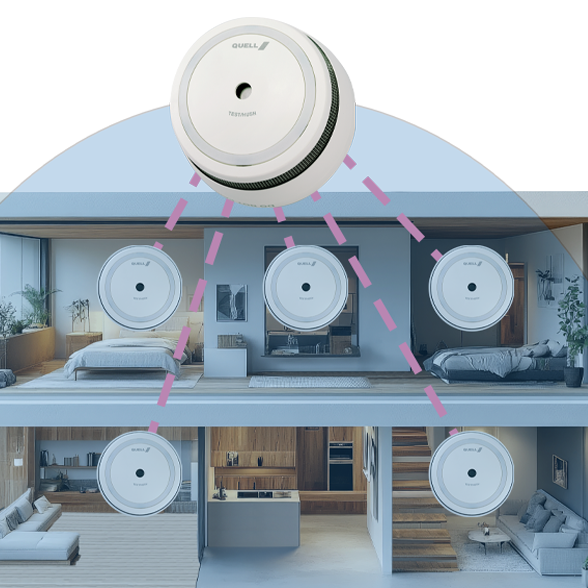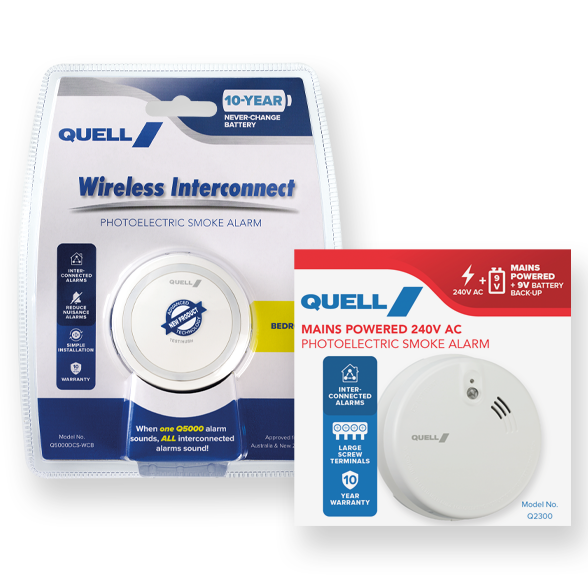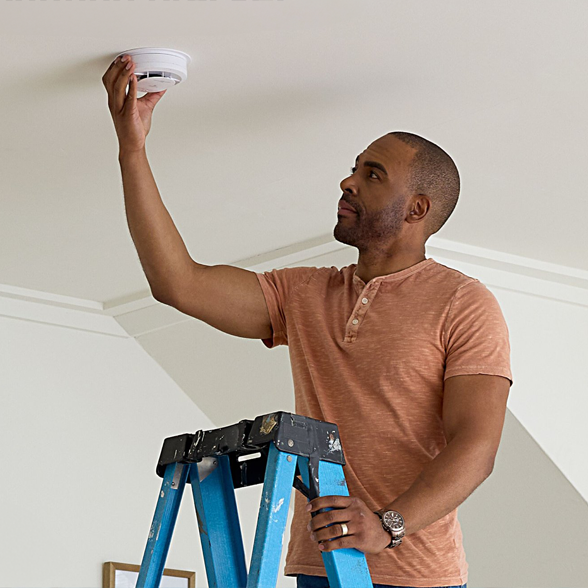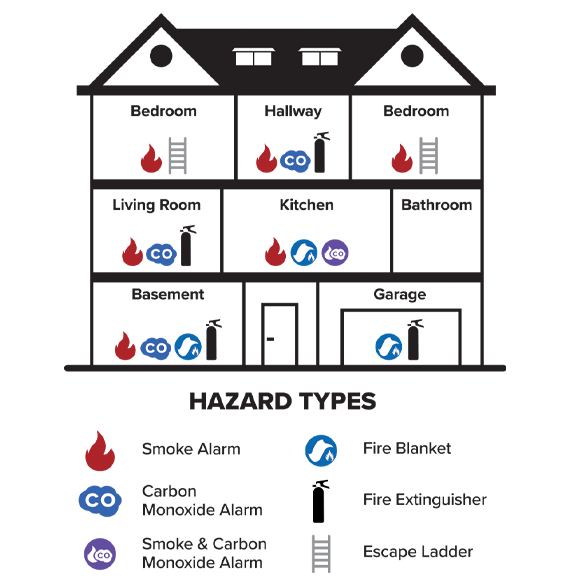Interconnected smoke alarms provide enhanced safety through early and widespread alerting of occupants. When one smoke alarm detects smoke or fire, all interconnected alarms throughout the home sound simultaneously. This ensures that everyone in the home, regardless of where they are, gets alerted immediately, helping to provide more time to evacuate safely.
Interconnected smoke alarms are like a team. When one alarm senses smoke or fire, it tells all the other alarms in the house to start ringing too. This way, even if you’re far away from the fire, you’ll still hear the alarm and know to get out safely.
Additional Technology: Wireless alarms have built-in radio transmitters and receivers to communicate with other alarms. This extra hardware and software increases the manufacturing cost.
Complex Design & Testing: They need more advanced design to ensure reliable communication between alarms, avoid interference, and maintain battery life. This means more development and quality control work.
Battery Requirements: Since they run on batteries and need to maintain a wireless connection, they often use higher-quality or longer-lasting batteries, which adds to the cost.
In short, the price reflects the extra tech and convenience that wireless smoke alarms provide beyond a basic standalone alarm.
Wired Interconnection: The smoke alarms are connected by wires inside the walls or ceilings. When one alarm detects smoke, it sends a signal through the wires to make all the other alarms sound. This is common in new homes or buildings. They are usually 240v mains powered and need to be installed by a licensed electrician.
Wireless Interconnection: The alarms commonly connect using radio frequency. When one alarm goes off, it sends a signal to the others, triggering them to ring too. This method is easier to install in existing homes without rewiring. Quell wireless alarms are powered by a 10 year sealed battery, there is no need for Wi-Fi or wiring between devices.
If you are replacing an existing 240v model alarm you must replace it with a new 240v alarm to meet post 2014 building codes.
Bedrooms: Install a smoke alarm in each bedroom to ensure occupants are alerted while sleeping.
Hallways and Stairways: Place alarms in hallways and stairways leading to bedrooms to provide early warning.
Living Areas: Install alarms in living spaces such as lounges and dining areas.
Bathrooms: Steam from showers can trigger false alarms.
Near Heating Appliances: Close to fireplaces, heaters, or air vents, where dust or fumes can trigger alarms.
Very Dusty or Dirty Areas: Dust can clog alarms and reduce their effectiveness.
Garages (Unless Specifically Designed): Exhaust fumes can cause false alarms unless you use alarms rated for garages.
Near Windows, Doors, or Fans: Drafts can blow smoke away from the alarm or cause it to trigger unnecessarily.
High Humidity Areas: Areas prone to high humidity can cause issues, like laundry rooms.
Early Warning During Sleep: Fires often happen at night when people are sleeping. Smoke alarms inside bedrooms wake you up right where you are, giving you more time to escape.
Better Coverage: Sometimes smoke might not reach hallway alarms quickly, especially if doors are closed. Having alarms inside bedrooms helps ensure you hear the alarm no matter where you are.
Protecting Vulnerable People: Kids, elderly, or people with hearing difficulties might not wake up easily to alarms outside the bedroom. An alarm in the room improves their safety.
Peace of Mind: Knowing there’s an alarm in the bedroom can give you extra confidence that you’ll be alerted quickly in an emergency.






